While we’ve always known that eating our greens is beneficial, recent research from the Francis Crick Institute offers compelling evidence of just how vital cruciferous vegetables can be, particularly for our lungs.
The AHR Connection
Central to this discovery is the AHR – aryl hydrocarbon receptor. Found in vital barrier sites like the lungs and gut, this protein interacts with natural molecules in vegetables like broccoli, cauliflower, and kale. Consuming these veggies activates AHR, regulating certain genes crucial to the health of the lung barrier.
A Barrier Under Threat
Our lung barrier, essential for oxygen transfer, consists of two delicate layers. While it’s designed for efficiency, it also needs to guard against threats like pollutants, bacteria, and viruses. Here’s where the AHR comes into play. This research revealed its heightened activity in the endothelial cells lining our lungs’ blood vessels.
The Vegetable-Driven Protection
Through a series of experiments on mice, researchers demonstrated the protective potential of AHR in the lung barriers. The results were striking: mice with enhanced AHR activity displayed less blood leakage in their lung spaces during flu infections. Furthermore, they managed to better combat bacterial infections that set in after the initial virus, showcasing the power of AHR in defending against multiple threats.
Diet Matters, Especially During Illness
An intriguing aspect of the study highlighted the connection between diet and lung health during illness. Infected mice ate less, leading to decreased intake of AHR ligands (from vegetables). This reduction in vegetable consumption weakened the protective AHR system, resulting in increased lung damage.
However, the silver lining emerged when comparing mice fed on an AHR ligand-rich diet versus those on a standard diet. The former displayed improved lung barrier integrity and less damage during infections.
Wider Implications and the Gut-Lung Axis
Beyond just lung health, this groundbreaking research hints at the potential significance of AHR in other barrier organs. Parallel studies have demonstrated its role in the gut, suggesting a protective influence there as well.
Conclusion:
The remarkable findings from the Francis Crick Institute underscore the profound connection between diet and health. As Andreas Wack aptly pointed out, while it’s always a good idea to consume cruciferous vegetables, continuing to do so during illness is even more critical. As we navigate a world with ever-evolving health challenges, such insights pave the way for more holistic, diet-centric approaches to wellness. Remember, every bite counts!



